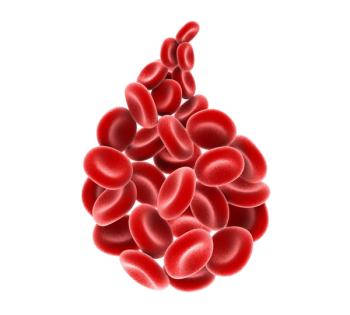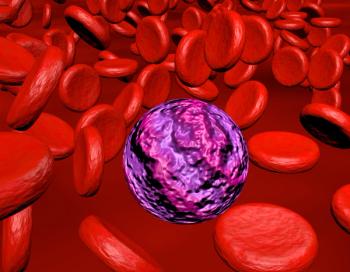
- Oncology Vol 29 No 4_Suppl_1
- Volume 29
- Issue 4_Suppl_1
(P046) Prediction of Pathologic Complete Response After Neoadjuvant Chemoradiation Therapy for Rectal Cancer Using Radiographic Texture Analysis
Several radiographic texture features from the pre-RT CT scan were identified as potential predictors of pCR in rectal cancer patients after neoadjuvant chemoradiation therapy. Future work will focus on validating these features in a larger dataset.
Martin T. King, MD, PhD, William F. Sensakovic, PhD, Albert Koong, MD, PhD, Daniel T. Chang, MD; Stanford Cancer Institute; Florida Hospital
PURPOSE: To determine if certain radiographic texture features from pre–radiation therapy (pre-RT) computed tomography (CT) scans can predict pathologic complete response (pCR) after neoadjuvant chemoradiation therapy for rectal cancer.
METHODS: We conducted an institutional review board (IRB)-approved retrospective analysis of 30 patients with rectal cancer who received neoadjuvant chemoradiation therapy, followed by total mesorectal excision, between 2009 and 2012. We collected relevant demographic, staging, and treatment-related information from the electronic medical records. We also downloaded treatment planning CT scans and structure sets onto a specialized computerized workstation. Gross tumor volumes (GTVs) of the primary rectal lesion were adjusted, if necessary, based on careful review of the pre-RT non–contrast-enhanced CT and positron emission tomography (PET) data. GTV voxels corresponding to air, defined as less than −50 Hounsfield units (HU), were excluded. Multiresolution texture analysis was performed by passing CT scans through a three-dimensional spatial bandpass (Laplacian of Gaussian) filter using sigma values of 1.0 mm, 2.0 mm, and 3.0 mm in order to enhance textural features at fine, medium, and coarse scales, respectively. Mean texture feature values within the GTV for entropy, uniformity, kurtosis, skewness, and standard deviation were then calculated. The performance of each feature in predicting pCR was evaluated using receiver operating characteristic (ROC) analysis. Then, 95% confidence intervals (CIs) for area under the curve (AUC) values were estimated using a bootstrapping method with 2,000 iterations. Features with an AUC above a 0.75 threshold were identified as potential predictors of pCR.
RESULTS: Treatment planning PET scans were available for 29 of 30 patients. Six patients achieved a pCR at the time of surgery. Kurtosis demonstrated AUC values above the 0.75 threshold for fine (0.78; 95% CI, 0.46–0.89), medium (0.77; 95% CI, 0.48–0.91), and coarse (0.74; 95% CI, 0.38–0.87) scales. Skewness also exhibited AUC values above the 0.75 threshold for fine (0.77; 95% CI, 0.49–0.89), medium (0.79; 95% CI, 0.51–0.90), and coarse (0.78; 95% CI, 0.51–0.90) scales. Skewness on the medium scale allowed for a sensitivity of 66.3% at a specificity of 80.1% for predicting pCR.
CONCLUSION: Several radiographic texture features from the pre-RT CT scan were identified as potential predictors of pCR in rectal cancer patients after neoadjuvant chemoradiation therapy. Future work will focus on validating these features in a larger dataset.
Proceedings of the 97th Annual Meeting of the American Radium Society -
Articles in this issue
Newsletter
Stay up to date on recent advances in the multidisciplinary approach to cancer.


















































































